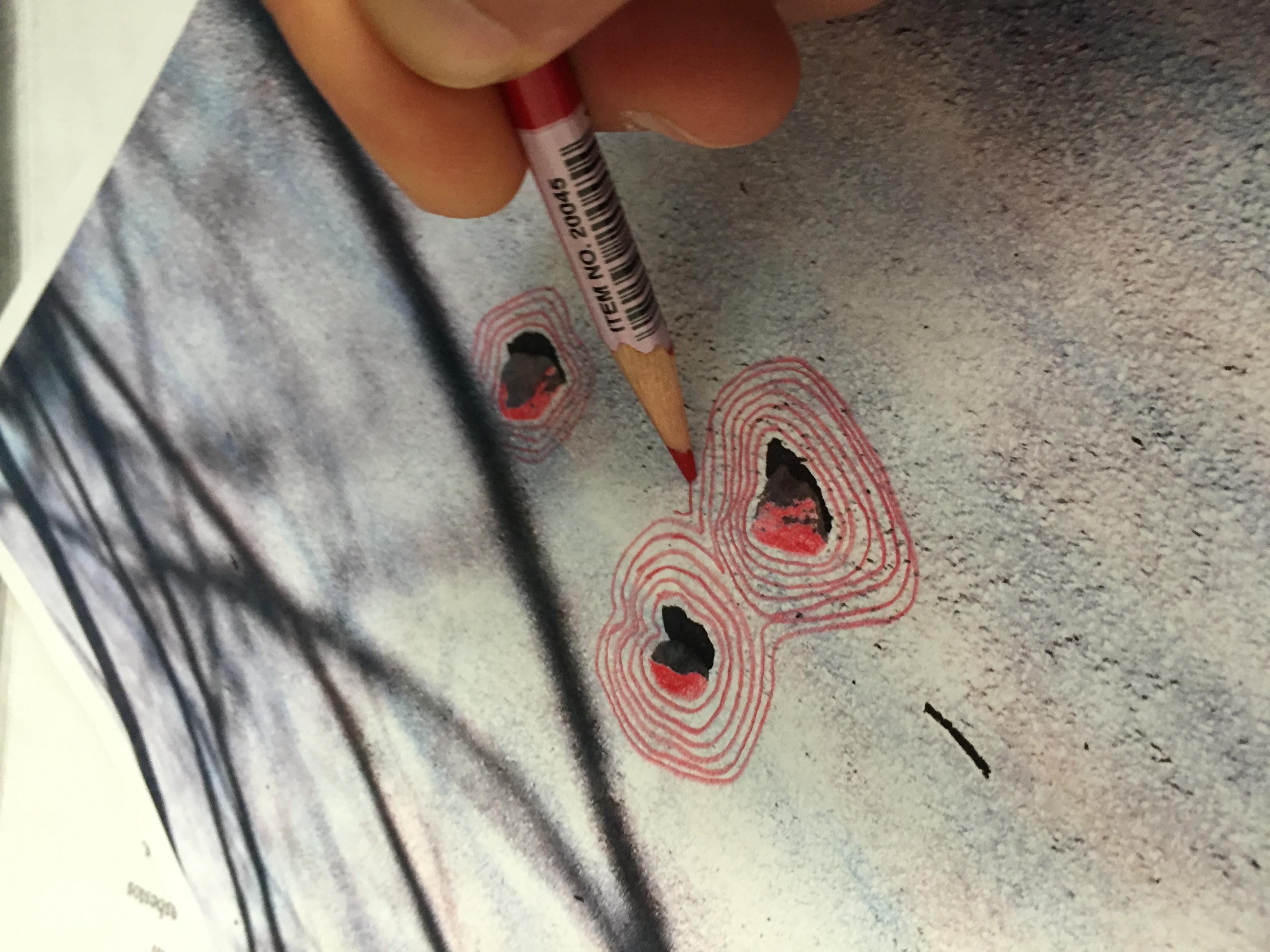Entering a new environment can often stir a mix of excitement and apprehension. Whether it’s starting a new job, moving to a new city, or even joining a social group, these transitions can trigger feelings of anxiety that can be overwhelming. Understanding that these emotions are a natural response is the first step toward managing them effectively. In this guide, we will explore practical and compassionate strategies to help you navigate these new settings with confidence and ease. By learning how to reduce anxiety in unfamiliar situations, you can transform these experiences into opportunities for growth and connection. Let’s embark on this journey together, equipping you with the tools to embrace change with calm and assurance.
Understanding the Roots of Anxiety in Unfamiliar Settings
At the core of anxiety in new environments lies a complex interplay of psychological, biological, and social factors. Understanding these roots can be the first step in managing such feelings. Psychologically, our brains are wired to perceive unfamiliar settings as potential threats. This is an evolutionary trait meant to keep us safe from harm. However, in modern times, this can translate to overactive worry in situations that are actually safe.
Biologically, the body’s fight-or-flight response is triggered, releasing hormones like adrenaline and cortisol. These hormones prepare us to face danger, but in a new environment, they can lead to physical symptoms such as increased heart rate and sweating, even if there’s no real threat. Learning to recognize these responses can help in managing them more effectively.
- Socially, unfamiliar settings often mean new social interactions, which can be daunting. The fear of judgment or not fitting in can exacerbate anxiety. Understanding that everyone feels some level of uncertainty in new settings can be comforting.
- Strategies to mitigate these feelings include deep breathing exercises, positive visualization, and gradual exposure to the new environment. Engaging in these practices can help rewire the brain’s response to novelty.
| Factor | Impact |
|---|---|
| Psychological | Overactive worry |
| Biological | Physical symptoms |
| Social | Fear of judgment |

Practical Mindfulness Techniques for Calming Nerves
Entering new environments can often feel overwhelming, but incorporating mindfulness techniques can help ease the tension. These techniques not only ground you in the present moment but also provide a sense of control over your emotional state. Here are a few practical methods you can try:
- Deep Breathing: Take slow, deliberate breaths. Inhale deeply through your nose, hold for a moment, and exhale slowly through your mouth. This simple exercise can significantly reduce stress levels and bring clarity to your mind.
- Body Scan: Close your eyes and focus on each part of your body, starting from your toes and moving upwards. Notice any tension and consciously release it, bringing awareness to areas that often go unnoticed.
- 5-4-3-2-1 Grounding Exercise: Identify five things you can see, four things you can touch, three things you can hear, two things you can smell, and one thing you can taste. This technique can anchor you in the present and divert attention away from anxiety.
Incorporating these techniques into your routine can be beneficial. Consider the following table for a quick reference on when and how to use these techniques:
| Technique | When to Use | How it Helps |
|---|---|---|
| Deep Breathing | Anytime, anywhere | Calms the nervous system |
| Body Scan | When feeling tense | Releases physical stress |
| 5-4-3-2-1 Grounding | During moments of anxiety | Focuses the mind |

Building a Comfort Zone: Strategies for Feeling at Home Anywhere
When stepping into a new environment, it’s common to feel out of place. To foster a sense of belonging, consider creating a personal sanctuary. Begin by carrying familiar items with you, such as a favorite book, a cozy scarf, or a cherished photo. These small touches can provide a comforting sense of continuity.
Establishing routines is another powerful strategy. Familiar patterns in daily activities can anchor you in unfamiliar settings. For instance, you might start each day with a short meditation or a morning walk, which can help ground you and reduce anxiety. Here are some other routines you might consider:
- Setting aside time for a hobby or activity you enjoy.
- Exploring local cafes to find a go-to spot.
- Scheduling regular calls with friends or family.
| Strategy | Benefit |
|---|---|
| Personal Items | Creates a sense of familiarity |
| Daily Routines | Provides structure and predictability |
| Local Exploration | Builds connection with the new area |

Empowering Yourself with Positive Self-Talk and Visualization
Stepping into a new environment can be daunting, but with the right mindset, you can transform anxiety into a source of strength. One powerful technique is positive self-talk, which involves replacing negative thoughts with affirmations that reinforce your confidence and resilience. For instance, instead of thinking, ”I don’t belong here,” try saying, “I am capable and open to learning.” Embrace statements that affirm your value and potential, and soon you’ll find your anxiety diminishing.
Alongside positive self-talk, visualization can be an effective tool in calming your nerves. Picture yourself thriving in the new environment, handling challenges with ease, and feeling comfortable in your surroundings. This mental rehearsal can help prepare your mind and body for the actual experience. Imagine the details—what you’re wearing, who you’re talking to, and how at ease you feel. By visualizing success, you set a positive tone for the real event.
- Practice daily: Dedicate a few minutes each day to positive self-talk and visualization.
- Stay consistent: Consistency is key to making these practices effective.
- Personalize affirmations: Tailor them to suit your personal goals and experiences.
| Technique | Benefit |
|---|---|
| Positive Self-Talk | Builds confidence and reduces negative thoughts |
| Visualization | Prepares the mind for success and reduces anxiety |








































